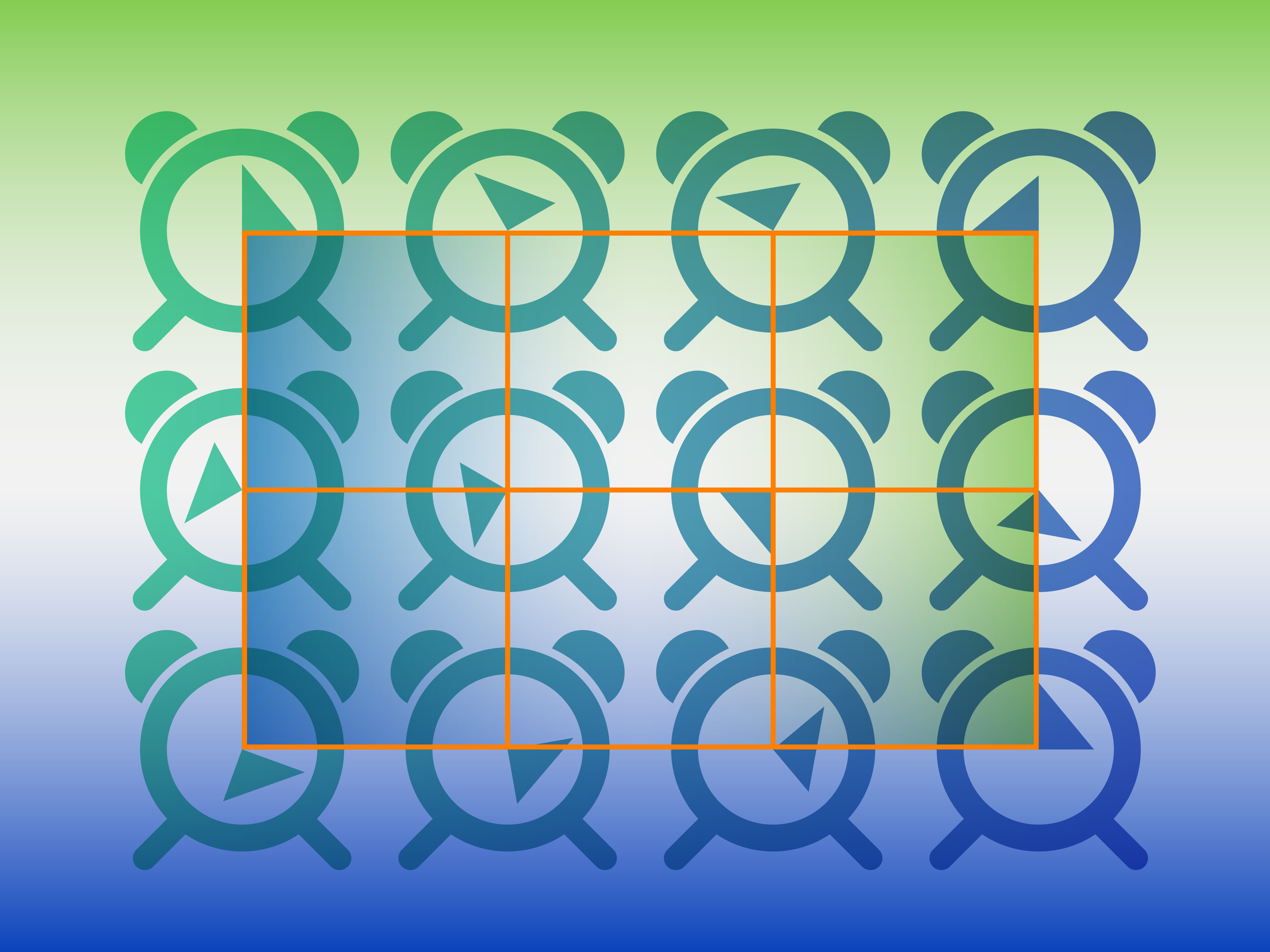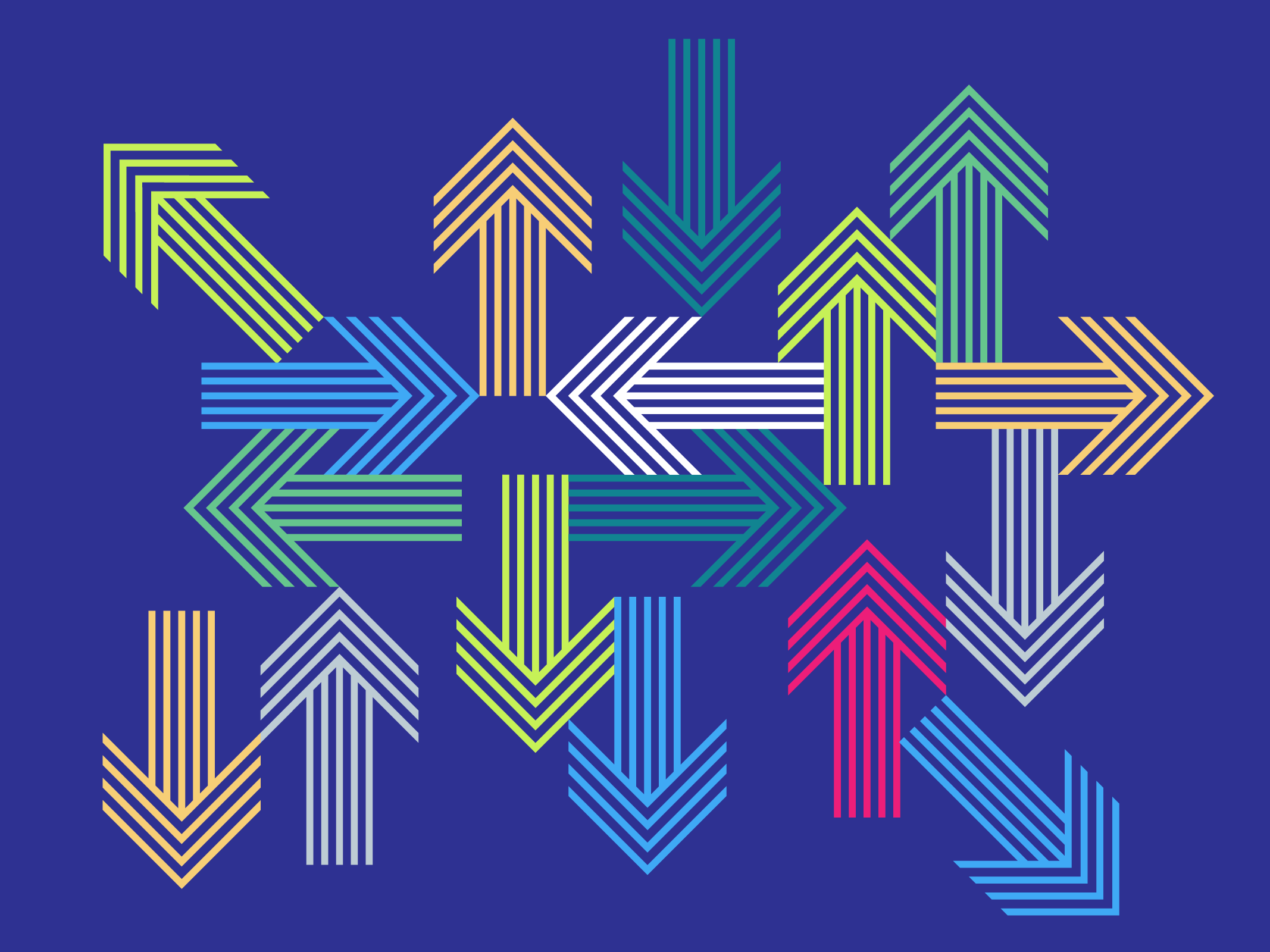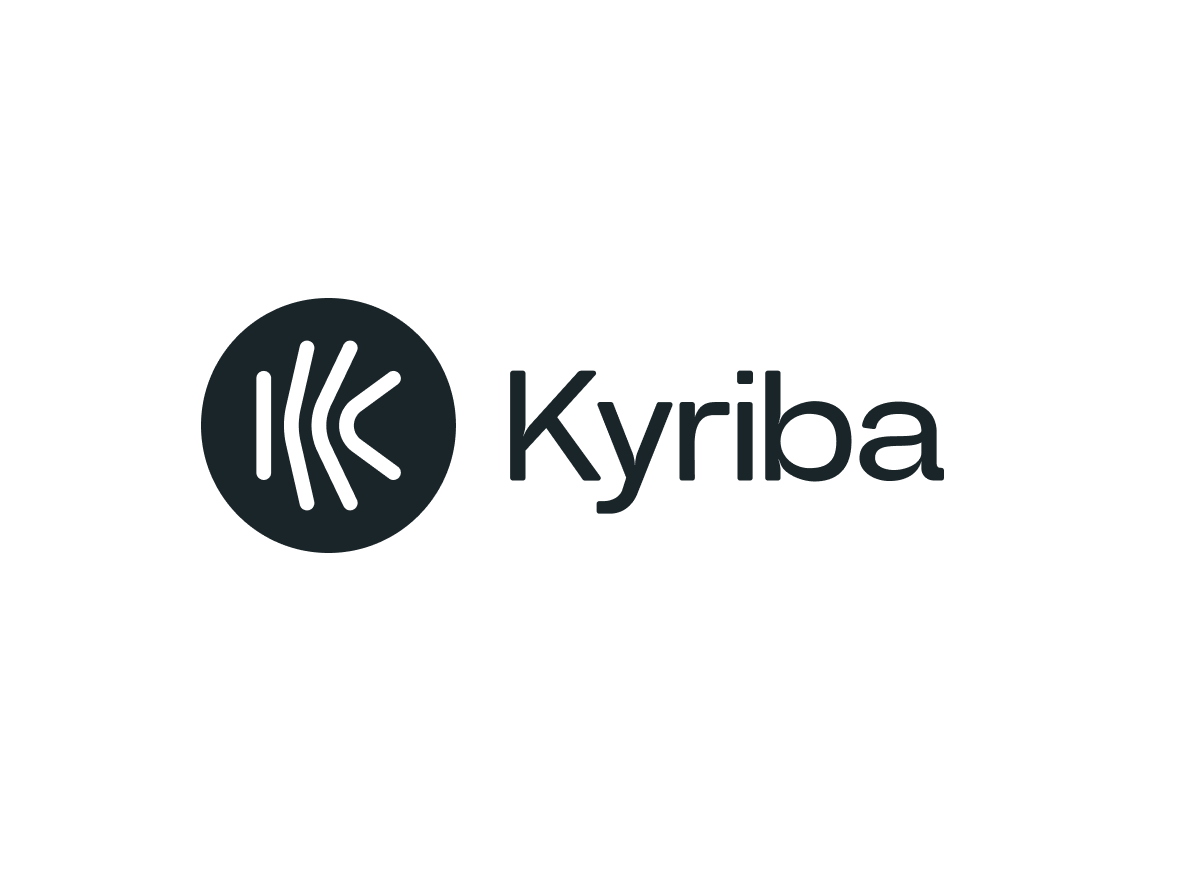Blog
The Positive Liquidity & Operational Impacts of NACHA Increasing Same Day ACH Transaction Limits to $1M

Since the quadrupling of the ACH same day payment limit from $25,000 to $100,000 in 2020, NACHA has again made the impactful decision to increase the amount of same-day ACH individual payments ten-fold to $1 million effective March 18, 2022. This rule change applies to all eligible same day ACH payments, including credits and debits for both businesses and consumers.
According to the Association of Financial Professionals, the overwhelmingly positive results from the prior increase to $100,000 has now resulted in this recent announcement with future plans calling for increases to “$10 million in 2023, and to a penny less than $100 million in 2024”.a
Shifting Your Payments Landscape
Over the next 11 months, businesses can begin to assess and prepare for the transition to paying higher value, and increased volumes of transactions via the NACHA-prescribed file formats. For some, the transition will be easy, but others who have manual payment processes or pay extensively with printed check or Fedwire, the effort could involve some work. When considering the costs alone, moving the maximum volume of payments up to $1M USD can translate into considerable savings. Historically, individual wire payments have cost anywhere from $25 to $40 per transaction while ACH payments range substantially less at anywhere between $1.50 to $5.00 per transaction. For CFOs and Treasurers, the ability to pay treasury, accounts payable and HR/payroll related payments with CTX, CCD or PPD formatted ACH files, represents significant cost savings relative to Fedwire and streamlines the overall payments landscape.
Liquidity Planning Impacts
The nature of same-day payments enhances the ability to manage liquidity and increases confidence in forecasted liquidity positions. Migrating the preponderance of payments to a same-day payment method internally within your SaaS treasury management system helps minimize any unknowns related to the presentment of checks or processing times for standard payment clearings. The increased clarity and accuracy on liquidity forecasting provides increased investment opportunities, reduced borrowing and supports the ability for Treasury or Finance to run other supply chain finance programs like discounting. Direct debit ACH instructions will now offer many corporates another option for driving predictable, accurate liquidity through automated collections runs and eliminate uncertainty on timing of payments while reducing effort associated with collections.
Operational Improvements
ACH electronic payment files including both credit instructions for accounts payable and treasury have traditionally been difficult to include in one “batch” file previously due to different operating schedules and the lack of flexibility due to prior restrictive processing cut-off times (transmission twice daily). Now, as of March 19, 2021, with extension of operating hours, financial institutions now have two additional hours to initiate same day ACH payments. We will see more partner banks provide these payments giving business payment originators an inexpensive way to get same day value to their payees, counterparties or partners. For many businesses, the treasury team has often had to own the delivery of any larger payments using a Fedwire type, particularly when the payment is ad-hoc or urgent. Going forward, the increased limit will allow accounts payable to handle more of their own one-time, ad-hoc or urgent payments and reduce overall transactional fees while freeing up time for Treasury to focus on and support strategic planning and objectives.
Transitioning to Same Day $1M ACH
Working with your partner banks to understand current capabilities, limitations and pricing levels is a first step in assessing the options available in migrating to ACH same day payments. Second, an inventory of the types of payments being made and how frequently these payments are transmitted provides some other criteria for identifying the potential cost savings. Banks will have variances in fees and running an assessment will bring to light stark differences in overall annual costs across banking partners. Further, assessing the treasury settlement and/or accounts payable processes must be part of the transition to confirm how payments were identified, collected and ultimately transmitted to the bank; in doing so, you can identify modifications to the process based on the settlement of the payment and the extended operating hours. Preparing a matrix to help identify what can be migrated from printed checks to ACH vs. wires to ACH will help as both payments are vastly different with regards to costs and potential benefits. Extending DPO through paying per policy (payment terms) are often overlooked or undefined within the procure to pay process.
System Integration to Streamline Payments
Systems capabilities and the integration considerations with your ERP is an important aspect in realizing the maximum benefit from consolidating your payments landscape, maximizing control, and deriving value from your connectivity path with your partner banks. Attributes like pre-delivered, existing connectivity to hundreds of financial institutions, one-stop connections, status monitoring, preformatted payment file templates along with built-in approvals all contribute to a leading class treasury system to support the entire payments ecosystem. Once these system attributes are confirmed, further reviews of vendor (payee) banking details and enabled payment methods must be updated to the applicable treasury counterparties or AP vendors. The assignment of a payment type or payment method is critical to reduce the chance of a vendor being paid with a legacy or less desirable payment type. In considering ACH direct debits, working with the bank to identify the formats, the authorizations needed from your customers as well as system attributes are parallel activities, but still closely related to the credit instruction transition steps. The same channel, connectivity and process used for the delivery of credit (payment) instructions can now be used to run the collections process and help drive the previously mentioned collections efficiencies. Finally, as part of any systems implementation, policy updates, controls, and a review of release procedures ensures a comprehensive plan for transitioning to the new payments model.












